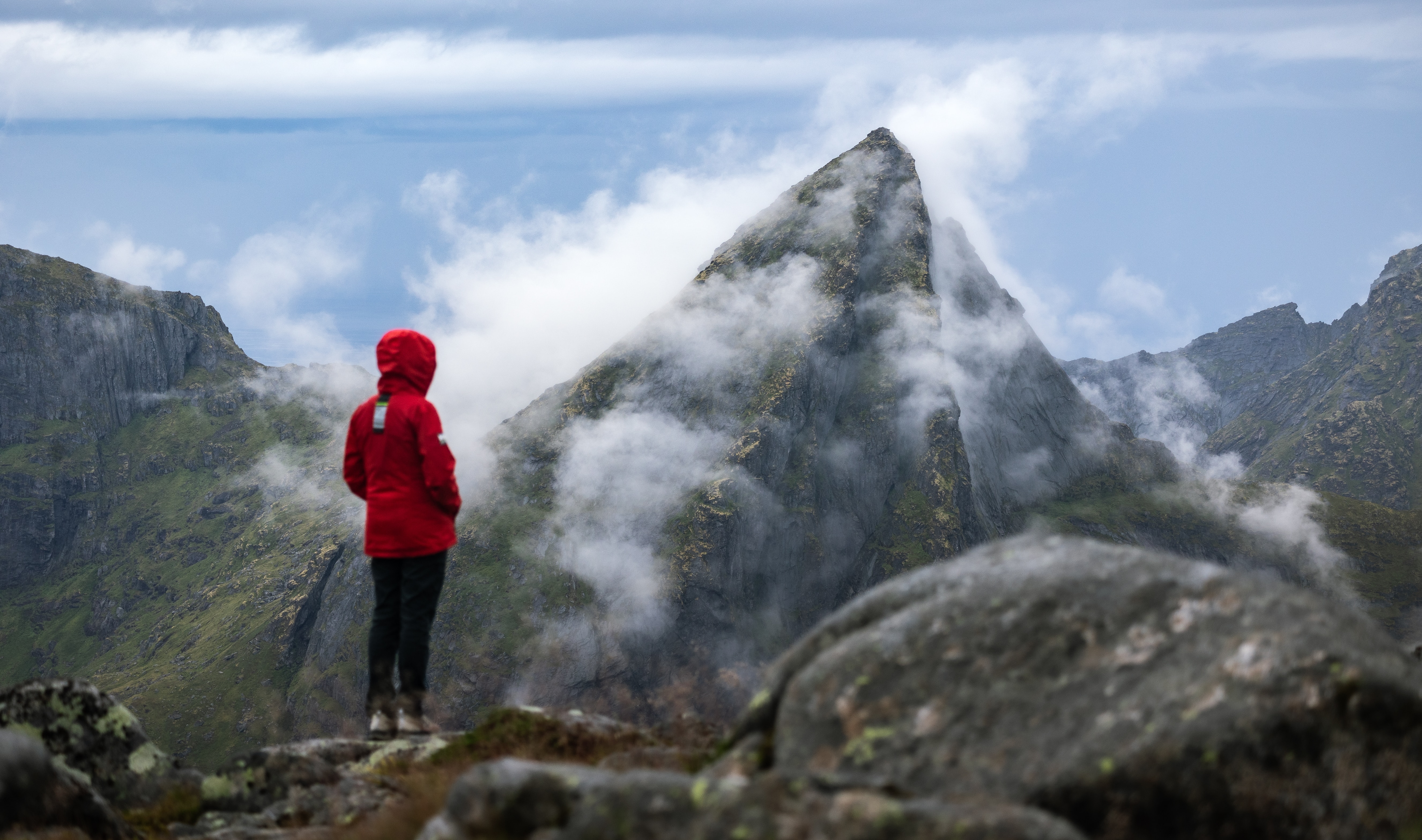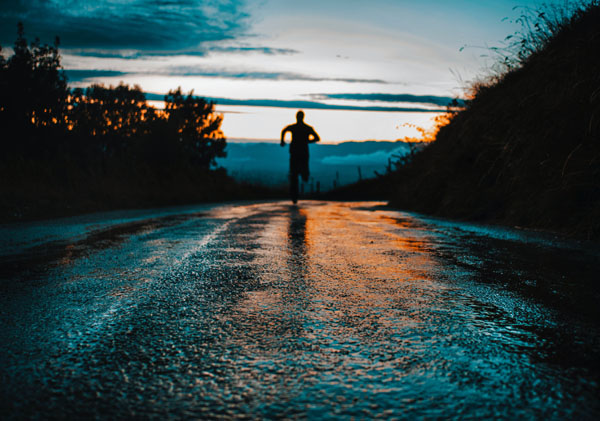Growing Your Own Basil: Tips and Tricks
As someone who loves to cook, I’ve always enjoyed using fresh herbs in my recipes. There’s something special about the aroma and flavor of freshly picked herbs that just can’t be replicated with dried spices. One of my favorites is basil, which is not only delicious but also incredibly easy to grow at home. In this post, I’ll share some tips and tricks for growing your own basil, including what kind of environment it likes and how to care for it.
Choosing the Right Environment
Basil is a warm-weather herb that thrives in a sunny, sheltered spot. It needs at least six hours of sunlight per day, so choose a spot in your garden or on your balcony that gets plenty of sun. If you’re growing basil indoors, make sure it’s near a sunny window or under a grow light.
Basil also likes warm temperatures, so make sure the environment is at least 70 degrees Fahrenheit. If you’re growing basil outside, wait until after the last frost to plant it. If you’re growing it indoors, keep it away from cold drafts and air conditioning vents.
Planting Your Basil
Once you’ve chosen the right environment, it’s time to plant your basil. You can either start with seeds or buy seedlings from a nursery. If you’re starting with seeds, plant them in a pot or tray filled with potting soil. Make sure the soil is moist but not waterlogged. Cover the seeds with a thin layer of soil and gently press down.
If you’re using seedlings, plant them in a pot or directly in the ground. Make sure the soil is well-draining and has plenty of organic matter. Gently loosen the roots of the seedling before planting it and make sure the soil is firmly packed around it.
Caring for Your Basil
Basil is a relatively low-maintenance herb, but it does require some care to thrive. Here are some tips for caring for your basil:
Watering: Basil likes to be kept moist but not waterlogged. Water it deeply once a week, or more often if the soil feels dry to the touch. Make sure the soil has good drainage to prevent root rot.
Fertilizing: Basil benefits from regular fertilization. Use a balanced fertilizer once a month, or more often if you’re growing it in a container.
Pruning: Prune your basil regularly to encourage bushy growth and prevent it from getting too tall and leggy. Pinch off the top two sets of leaves when the plant is about six inches tall, and continue to pinch off the tips of the stems as they grow.
Pests: Basil is relatively pest-resistant, but it can be susceptible to aphids, spider mites, and whiteflies. If you notice any pests on your basil, spray it with a mixture of dish soap and water to deter them.
Harvesting Your Basil
Once your basil plant is established, you can start harvesting the leaves. Pinch off the leaves from the top of the plant, leaving a few sets of leaves on each stem. This will encourage the plant to keep producing new leaves. You can also harvest the entire plant by cutting it back to about two inches above the soil. This will encourage new growth and keep the plant from getting too woody.
Using Your Basil
Now that you’ve grown your own basil, it’s time to start using it in your cooking. Basil is a versatile herb that can be used in a variety of dishes, from pasta sauces to salads to cocktails. Here are some ideas for using your fresh basil:
Pesto: Make a classic basil pesto by blending fresh basil, garlic, pine nuts, Parmesan cheese, and olive oil in a food processor.
Caprese salad: Layer fresh basil leaves, sliced tomatoes, and fresh mozzarella for a simple and delicious salad.
Tomato sauce: Add fresh basil to your favorite tomato sauce recipe for a burst of flavor.
Cocktails: Muddle fresh basil with vodka or gin for a refreshing summer cocktail.
In Conclusion
Growing your own basil is a rewarding and easy way to add fresh flavor to your cooking. By choosing the right environment, planting your basil correctly, and caring for it properly, you can enjoy a bountiful harvest of this delicious herb. So go ahead and give it a try – your taste buds will thank you!




